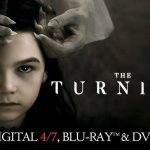No Country for Old Men (2007): A Masterpiece of Fate, Morality, and Violence
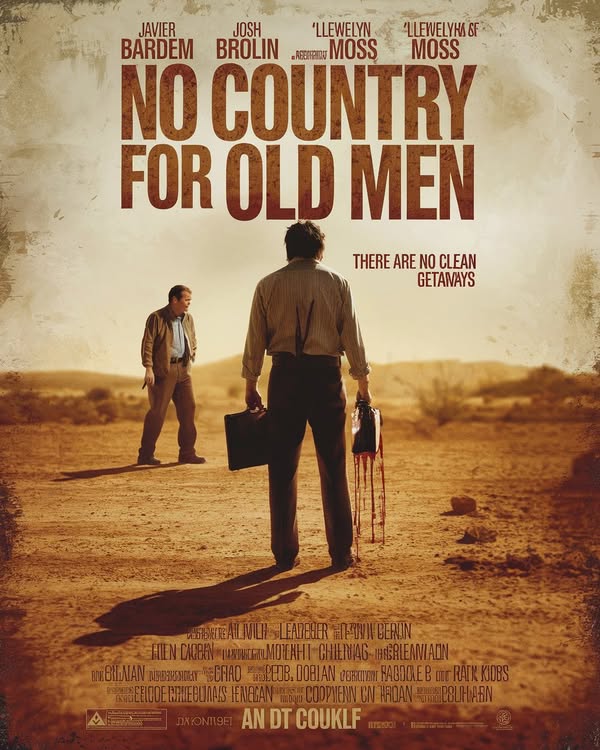
Related Movies:
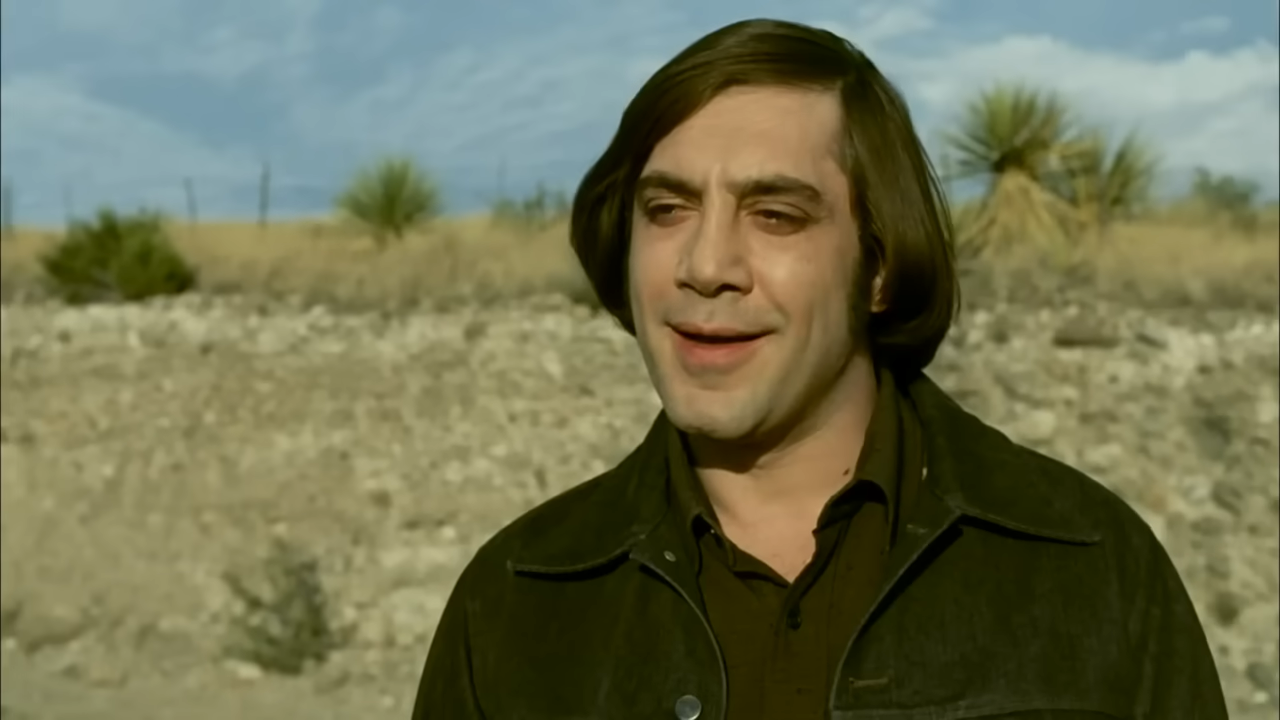
No Country for Old Men (2007), directed by Joel and Ethan Coen, is a cinematic tour de force that blends the intensity of a thriller with the philosophical depth of a morality tale. Adapted from Cormac McCarthy’s novel of the same name, this neo-Western crime thriller has earned its place as one of the most critically acclaimed films of the 21st century, boasting an 8.8/10 rating on IMDb and a 93% approval score on Rotten Tomatoes. With its gripping narrative, unforgettable performances, and haunting visuals, No Country for Old Men explores themes of fate, morality, and the inevitability of violence in a world that seems to have lost its moral compass. This 2000-word review dives deep into the film’s plot, characters, themes, cinematography, and lasting impact, offering a comprehensive look at why it remains a must-watch for fans of thrillers, Coen Brothers’ films, and thought-provoking cinema.
Plot Summary: A Tense Cat-and-Mouse Game
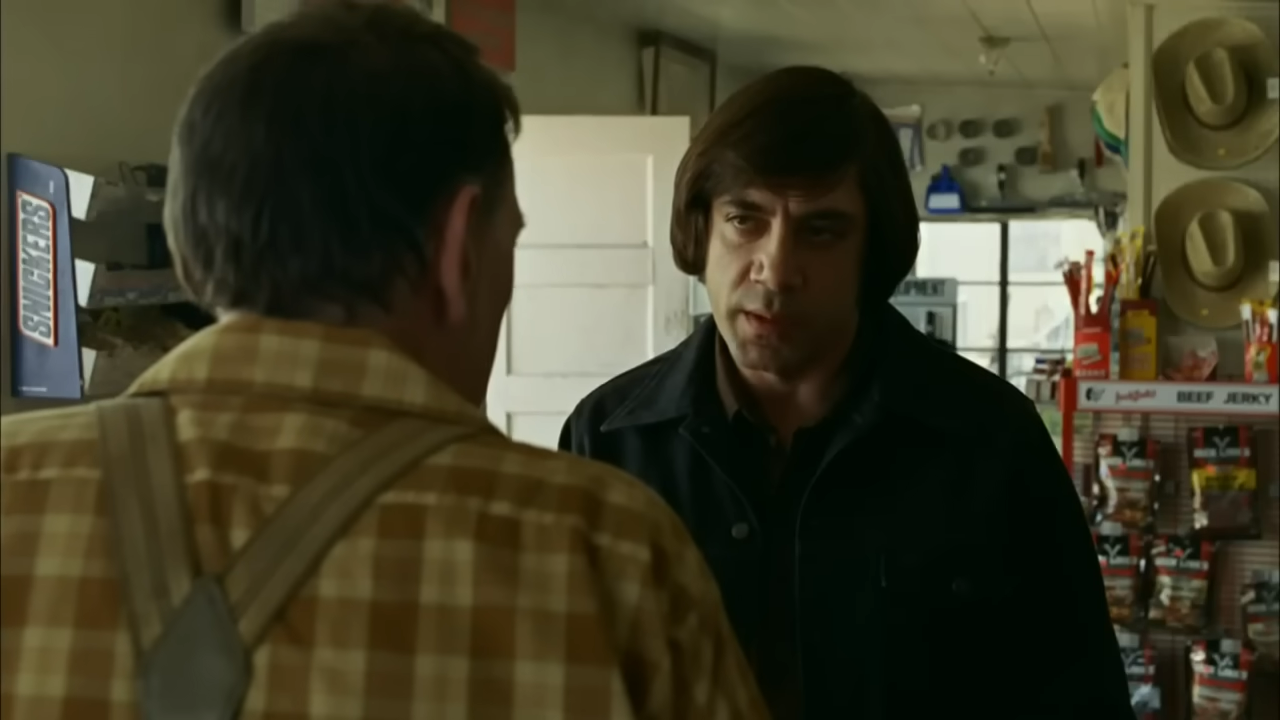
Set in the desolate landscapes of 1980s West Texas, No Country for Old Men centers on three main characters whose lives become intertwined after a chance discovery. Llewelyn Moss (Josh Brolin), a Vietnam War veteran and hunter, stumbles upon the aftermath of a drug deal gone horribly wrong. Amid the carnage, he finds a briefcase containing $2 million in cash. Deciding to take the money, Moss sets off a chain of events that puts him in the crosshairs of Anton Chigurh (Javier Bardem), a cold-blooded hitman hired to retrieve the cash. Meanwhile, Sheriff Ed Tom Bell (Tommy Lee Jones), a weary lawman nearing retirement, attempts to track both men while grappling with the increasing violence and moral decay of the world around him.
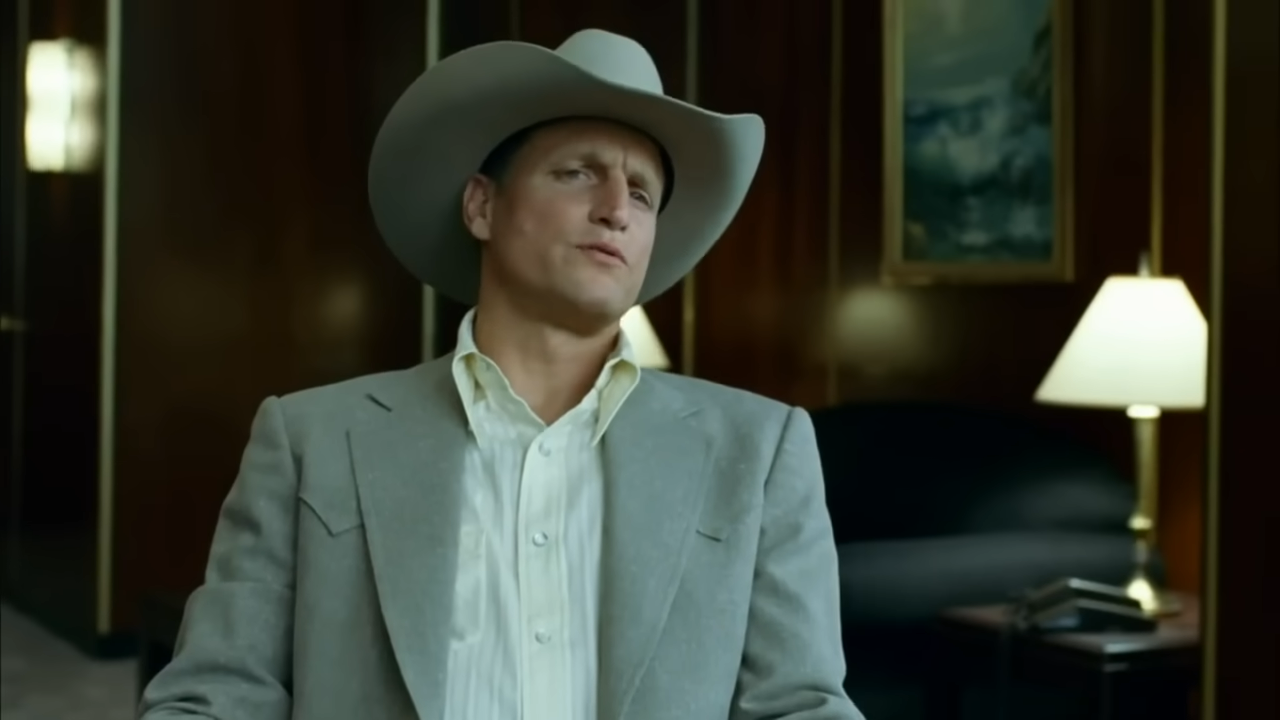
The film unfolds as a relentless cat-and-mouse game, with Chigurh pursuing Moss across the Texas-Mexico border. The Coen Brothers masterfully build tension through sparse dialogue, unpredictable plot twists, and a lack of conventional resolution. Unlike traditional thrillers, No Country for Old Men doesn’t rely on neat conclusions or heroic triumphs. Instead, it challenges viewers to confront the randomness of fate and the consequences of human choices in a morally ambiguous landscape.
Themes: Fate, Morality, and the Decline of Order
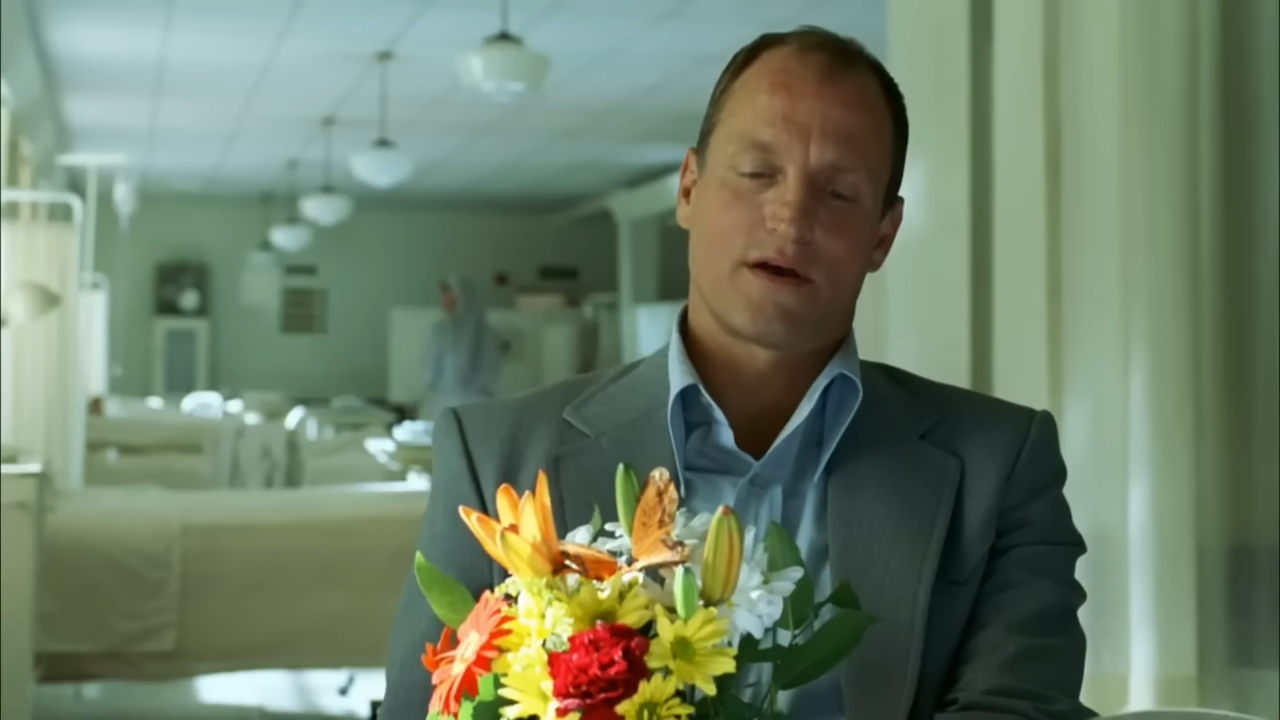
At its core, No Country for Old Men is a meditation on fate and the human struggle to find meaning in a chaotic world. The film’s iconic coin-toss scenes, where Chigurh forces his victims to make life-or-death decisions based on chance, underscore the randomness of existence. This motif, drawn directly from McCarthy’s novel, serves as a chilling reminder that human agency is often powerless against the whims of fate.
The film also explores the erosion of traditional morality. Sheriff Bell, a symbol of old-fashioned values, is haunted by his inability to comprehend or combat the new breed of violence represented by Chigurh. Through Bell’s introspections, the Coens pose existential questions about whether goodness can prevail in a world where evil seems unstoppable. The title itself, inspired by W.B. Yeats’ poem Sailing to Byzantium, reflects the idea of a world no longer suited for the old ways of honor and justice.
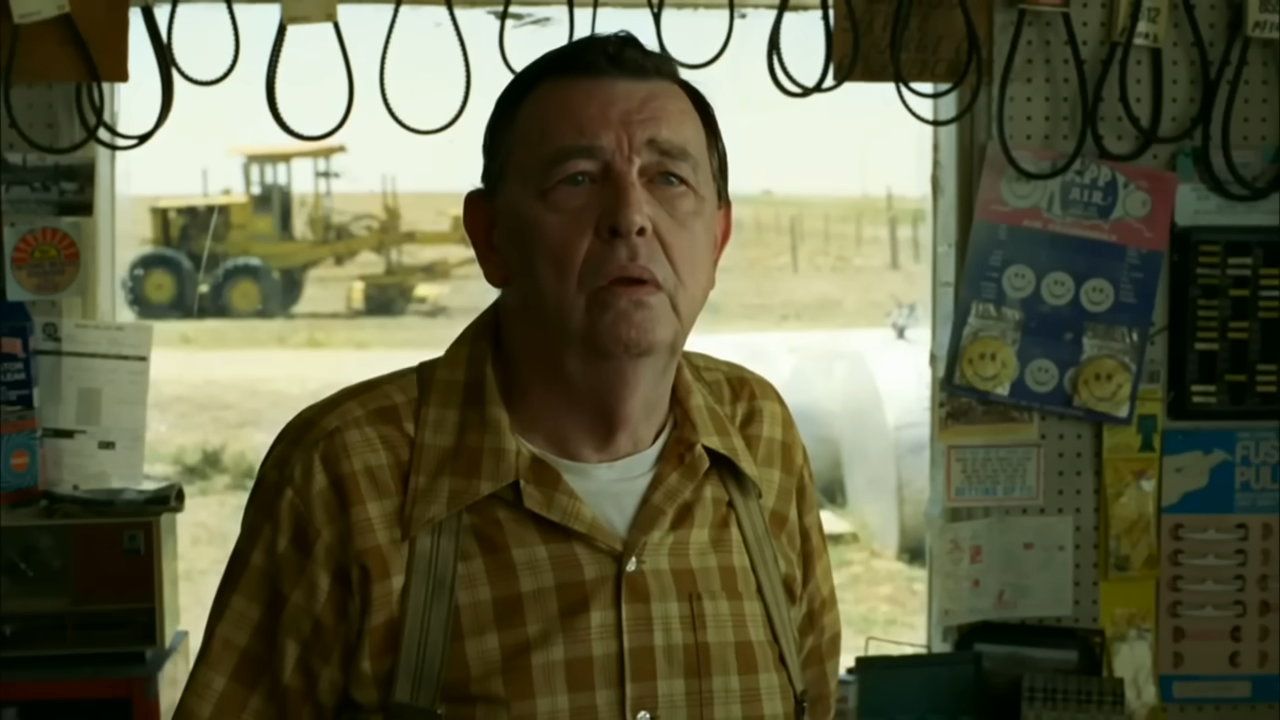
Violence is another central theme, depicted not as glorified action but as a destructive force that leaves devastation in its wake. The Coens avoid sensationalizing bloodshed, instead presenting it with stark realism that amplifies its emotional weight. This approach forces viewers to confront the human cost of greed, hubris, and moral compromise.
Characters and Performances: A Trio of Unforgettable Portrayals
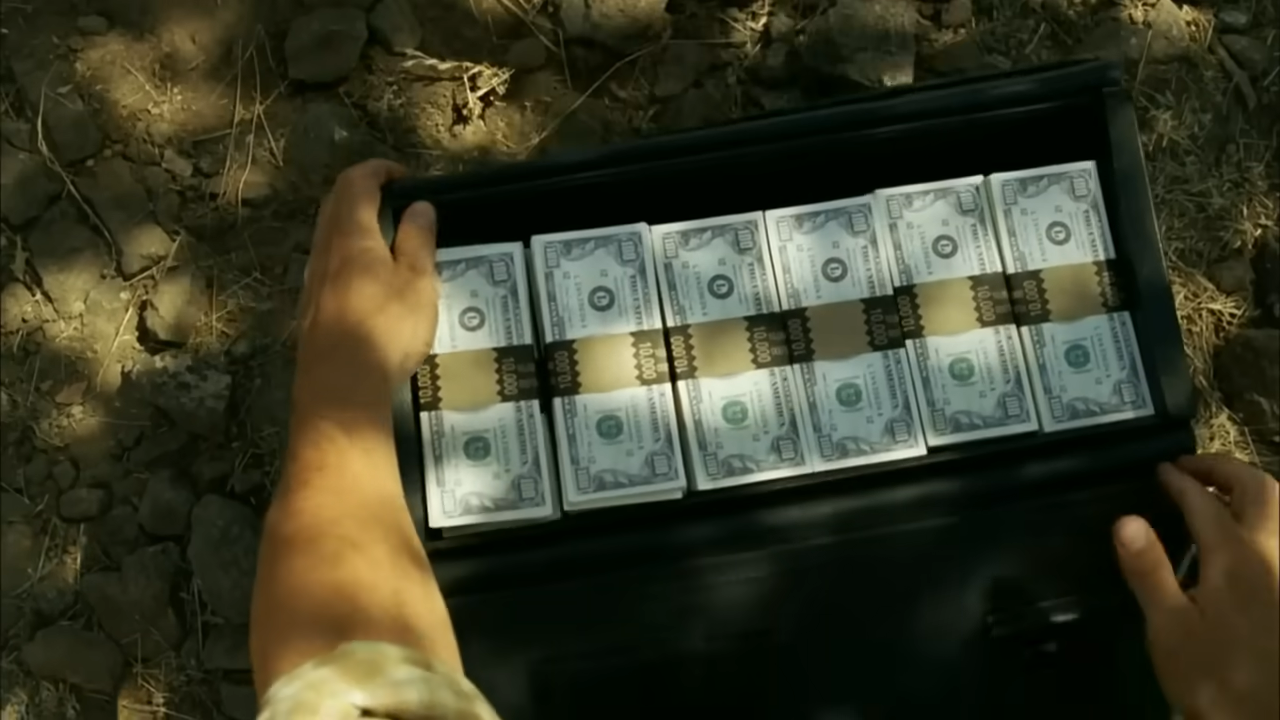
The strength of No Country for Old Men lies in its richly drawn characters, brought to life by a stellar cast. Each performance is a masterclass in subtlety and intensity, contributing to the film’s unforgettable impact.
Javier Bardem as Anton Chigurh
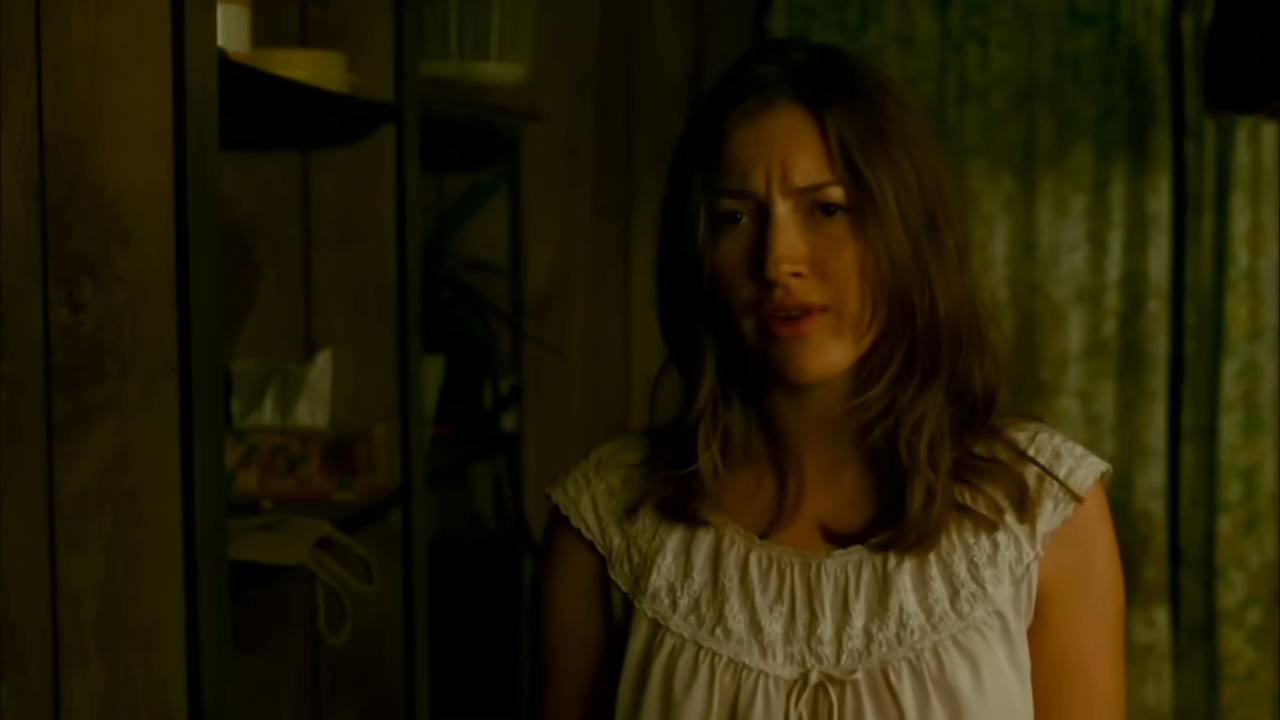
Javier Bardem’s portrayal of Anton Chigurh is nothing short of iconic. With his unsettling pageboy haircut, deadpan delivery, and chillingly calm demeanor, Bardem creates one of cinema’s most terrifying villains. Chigurh is not merely a hitman but a personification of death itself—implacable, unpredictable, and devoid of empathy. Bardem’s Oscar-winning performance is defined by small, deliberate choices, from the way he wields a captive bolt pistol to his emotionless stare during the coin-toss scenes. His ability to convey menace without raising his voice makes Chigurh a villain for the ages.
Josh Brolin as Llewelyn Moss
Josh Brolin delivers a gritty, grounded performance as Llewelyn Moss, a working-class everyman whose decision to take the money sets the story in motion. Moss is neither a hero nor a villain but a flawed, relatable figure driven by a mix of greed and survival instinct. Brolin imbues him with quiet determination and resourcefulness, making his desperate attempts to outwit Chigurh all the more compelling. His understated chemistry with Kelly Macdonald, who plays his wife Carla Jean, adds emotional depth to Moss’s character, grounding the film’s high stakes in personal consequences.
Tommy Lee Jones as Sheriff Ed Tom Bell
Tommy Lee Jones brings a weary gravitas to Sheriff Bell, serving as the film’s moral center. His weathered face and laconic drawl convey a lifetime of experience, while his monologues reveal a man grappling with disillusionment. Jones’s performance is heartbreakingly subtle, particularly in scenes where Bell reflects on his father’s legacy and the changing world. As the only character who survives the film’s events, Bell carries the weight of its philosophical questions, leaving viewers to ponder the cost of living in a “no country for old men.”
Supporting Cast
The supporting cast, including Kelly Macdonald as Carla Jean Moss and Woody Harrelson as bounty hunter Carson Wells, adds further texture to the narrative. Macdonald’s quiet strength contrasts with the film’s male-driven violence, while Harrelson’s brief but memorable role injects a touch of sardonic humor. Each actor contributes to the film’s richly layered world, ensuring that even minor characters feel fully realized.
Cinematography and Direction: A Study in Minimalism
The Coen Brothers, working with cinematographer Roger Deakins, craft a visual language that is both stark and evocative. The film’s West Texas setting, with its endless deserts and rundown motels, becomes a character in its own right. Deakins’s use of natural light and muted colors creates a sense of desolation, while his framing—often placing characters in vast, empty spaces—amplifies the film’s existential themes.
The Coens’ direction is minimalist yet precise, relying on silence and subtlety to build tension. Notably, No Country for Old Men features no traditional musical score, a bold choice that heightens the impact of every sound, from the creak of a floorboard to the blast of a gunshot. This absence of music forces viewers to focus on the raw emotions and actions unfolding onscreen, creating an immersive experience.
The pacing is deliberate, with long stretches of silence punctuated by bursts of violence. The Coens eschew conventional thriller tropes, such as extended chase scenes or climactic showdowns, in favor of a more meditative approach. This restraint makes the film’s moments of intensity—such as Chigurh’s motel confrontations or Moss’s nighttime escape—feel all the more visceral.
Why No Country for Old Men Stands Out
No Country for Old Men is a rare film that excels on multiple levels: as a pulse-pounding thriller, a character-driven drama, and a philosophical inquiry. Its refusal to provide easy answers or tidy resolutions sets it apart from mainstream Hollywood fare, inviting viewers to grapple with its themes long after the credits roll. The film’s blend of McCarthy’s literary sensibilities and the Coens’ cinematic craftsmanship creates a singular experience that feels both timeless and urgently relevant.
The film’s accolades speak to its impact. It won four Academy Awards, including Best Picture, Best Director, Best Supporting Actor for Bardem, and Best Adapted Screenplay. It also garnered praise for its fidelity to McCarthy’s novel while establishing its own identity as a cinematic work. For fans of the Coen Brothers, No Country for Old Men represents a high point in their oeuvre, blending the dark humor of Fargo (1996) with the existential weight of The Man Who Wasn’t There (2001).
Cultural and Historical Context
Released in 2007, No Country for Old Men arrived at a time of global uncertainty, with the Iraq War and economic anxieties looming large. Its depiction of a world spiraling out of control resonated with audiences, while its 1980s setting evoked a sense of nostalgia for a simpler era. The film’s exploration of violence and morality also tapped into broader cultural debates about the nature of evil and the limits of justice, making it a timely reflection of its era.
Why You Should Watch No Country for Old Men
Whether you’re a fan of thrillers, character studies, or philosophical dramas, No Country for Old Men has something to offer. Its unforgettable performances, particularly Bardem’s chilling turn as Chigurh, make it a showcase of acting prowess. The Coen Brothers’ masterful direction and Deakins’s stunning cinematography elevate it to the realm of visual art. Most importantly, its thought-provoking themes invite viewers to reflect on their own beliefs about fate, morality, and the human condition.
For those new to the Coen Brothers’ work, No Country for Old Men is an accessible entry point that showcases their ability to blend genre storytelling with deeper philosophical questions. For longtime fans, it’s a reminder of why the Coens remain among the most innovative filmmakers of their generation. Pair it with other Coen classics like Fargo or True Grit (2010) for a deeper appreciation of their style.
Where to Watch No Country for Old Men
As of 2025, No Country for Old Men is available on various streaming platforms, including Netflix, Amazon Prime Video, and Hulu, depending on your region. It can also be rented or purchased on digital platforms like iTunes, Google Play, and YouTube. Check your local listings or streaming services for availability.
Final Thoughts: A Haunting Cinematic Experience
No Country for Old Men is more than a thriller—it’s a profound exploration of the human condition, wrapped in a taut, suspenseful narrative. Its unforgettable characters, stark visuals, and unflinching themes make it a film that lingers in the mind long after viewing. Whether you’re drawn to Javier Bardem’s menacing performance, the Coen Brothers’ masterful storytelling, or Cormac McCarthy’s philosophical underpinnings, this film is a must-see.
If you’re ready to dive into a world of moral ambiguity, relentless tension, and existential dread, No Country for Old Men awaits. Watch it, reflect on it, and join the countless viewers who have been captivated by its haunting brilliance.
Keywords: No Country for Old Men, Coen Brothers, Javier Bardem, Josh Brolin, Tommy Lee Jones, thriller, neo-Western, Cormac McCarthy, fate, morality, violence, Oscar-winning film, 1980s Texas, cinematography, Roger Deakins.









